When you change the temperature of a chemical system at equilibrium, you’re essentially giving it a jolt. This change immediately affects the equilibrium constant (K), which dictates the reaction’s final destination. Understanding what happens to both K and the reaction quotient (Q) in that first moment is key to predicting which way the reaction will shift to find its new balance. This concept is vital for controlling reactions in labs and industries.
What is the Reaction Quotient (Q)?
Think of the reaction quotient, or Q, as a snapshot of your chemical reaction at any given moment. It calculates the ratio of products to reactants using their current concentrations or pressures.
This snapshot is incredibly useful because it tells you the current state of the system, regardless of whether it is balanced or not. It’s a real-time progress report.
The crucial thing to remember about Q is that it describes the system *right now*. By comparing Q to the equilibrium constant (K), you can instantly tell if the reaction needs to make more products or more reactants to reach a state of balance.
Understanding the Equilibrium Constant (K)
The equilibrium constant, K, is different from Q. It represents the specific ratio of products to reactants when the reaction has reached equilibrium, meaning the forward and reverse reaction rates are equal. It’s the reaction’s natural set point or destination under specific conditions.
Unlike Q, which can have countless values as a reaction proceeds, K has only one value for a given reaction at a specific temperature. If K is large, it means the reaction favors the formation of products at equilibrium. If K is small, the reactants are favored.
Essentially, K tells you where the reaction wants to end up, while Q tells you where it currently is.
The Immediate Effect of a Temperature Increase
Here’s the most important point: in the instant right after you increase the temperature, the concentrations of the reactants and products have not yet changed. Since Q is calculated from these concentrations, its value remains the same for that brief moment.
However, the equilibrium constant (K) is directly dependent on temperature. So, the moment the temperature changes, the value of K changes instantly. This creates a temporary imbalance where Q is no longer equal to the new K.
This mismatch between the unchanged Q and the newly changed K is what forces the system out of its old equilibrium and drives it to establish a new one.
How Temperature Changes the Equilibrium Constant (K)
The direction in which K changes depends on whether the reaction absorbs heat (endothermic) or releases heat (exothermic). This is explained by Le Chatelier’s Principle, which states that a system will shift to counteract any stress applied to it. In this case, heat is the stress.
For an endothermic reaction, heat is like a reactant. Adding more heat pushes the reaction to use it up, favoring the formation of products. For an exothermic reaction, heat is a product. Adding more heat pushes the reaction away from the products and back toward the reactants.
This relationship is summarized below:
| Reaction Type | Effect of Temperature Increase on K |
|---|---|
| Endothermic (absorbs heat) | K increases |
| Exothermic (releases heat) | K decreases |
Endothermic vs. Exothermic: A Tale of Two Reactions
Let’s break down the two types of reactions to see how they respond differently to an increase in temperature. Visualizing heat as either a reactant or a product makes this much easier to understand.
Thinking about it this way simplifies the prediction of how the equilibrium will shift. A temperature increase will always favor the direction that consumes the added heat.
- Endothermic Reaction: Reactants + Heat ⇌ Products. When you increase the temperature, you are adding more “reactant” (heat). The system responds by shifting to the right to make more products, causing the value of K to increase.
- Exothermic Reaction: Reactants ⇌ Products + Heat. When you increase the temperature, you are adding more “product” (heat). The system counteracts this by shifting to the left to make more reactants, which causes the value of K to decrease.
This fundamental difference is why knowing a reaction’s enthalpy change (whether it’s endothermic or exothermic) is critical for controlling its outcome.
Predicting the Direction of the Shift
Now we can put everything together to predict how the reaction will proceed immediately after a temperature increase. The goal of the system is to make Q equal to the new K value.
In an endothermic reaction, the temperature increase causes the K value to rise. For a moment, the old Q is now smaller than the new K (Q < K). To reach the new equilibrium, the reaction must increase the ratio of products to reactants. Therefore, the reaction shifts to the right, toward the products.
Conversely, in an exothermic reaction, a temperature increase causes the K value to drop. Instantly, the old Q is now larger than the new, smaller K (Q > K). To re-establish equilibrium, the system must decrease the ratio of products to reactants. Therefore, the reaction shifts to the left, toward the reactants.
Why This Matters in the Real World
This isn’t just a theoretical concept; it has huge practical implications. In chemical manufacturing, controlling temperature is essential for maximizing the amount of product you can get from a reaction.
For example, the famous Haber-Bosch process, which produces ammonia for fertilizers, is an exothermic reaction. While higher temperatures speed up the reaction, they also decrease the equilibrium constant (K), meaning less ammonia is present at equilibrium. Engineers must find a compromise temperature that is high enough for a reasonable rate but low enough to produce a good yield.
Understanding these principles allows chemists and engineers to manipulate reaction conditions to achieve desired outcomes, making processes more efficient, cost-effective, and safe.
Frequently Asked Questions about Temperature and Equilibrium
What happens to K for an endothermic reaction when the temperature goes up?
For an endothermic reaction, an increase in temperature will cause the equilibrium constant (K) to increase. This is because the system absorbs the added heat by favoring the forward reaction, thus producing more products at the new equilibrium.
Does the reaction quotient (Q) change instantly when temperature rises?
No, the reaction quotient (Q) does not change in the instant that temperature increases. Q is calculated from the concentrations of substances, which do not have time to change immediately. Q only changes as the reaction begins to shift toward its new equilibrium position.
Why does K change with temperature but not with concentration?
The equilibrium constant (K) is fundamentally tied to the energy of the reaction (enthalpy and entropy), which is temperature-dependent. Concentrations, on the other hand, define the current state (Q), and the system adjusts them to match the K value set by the temperature.
How can you predict which way a reaction will shift after a temperature change?
First, determine if the reaction is endothermic or exothermic. Then, determine how K changes (increases for endothermic, decreases for exothermic). Finally, compare the original Q to the new K to see if the reaction must shift right (if Q K) to reach the new equilibrium.

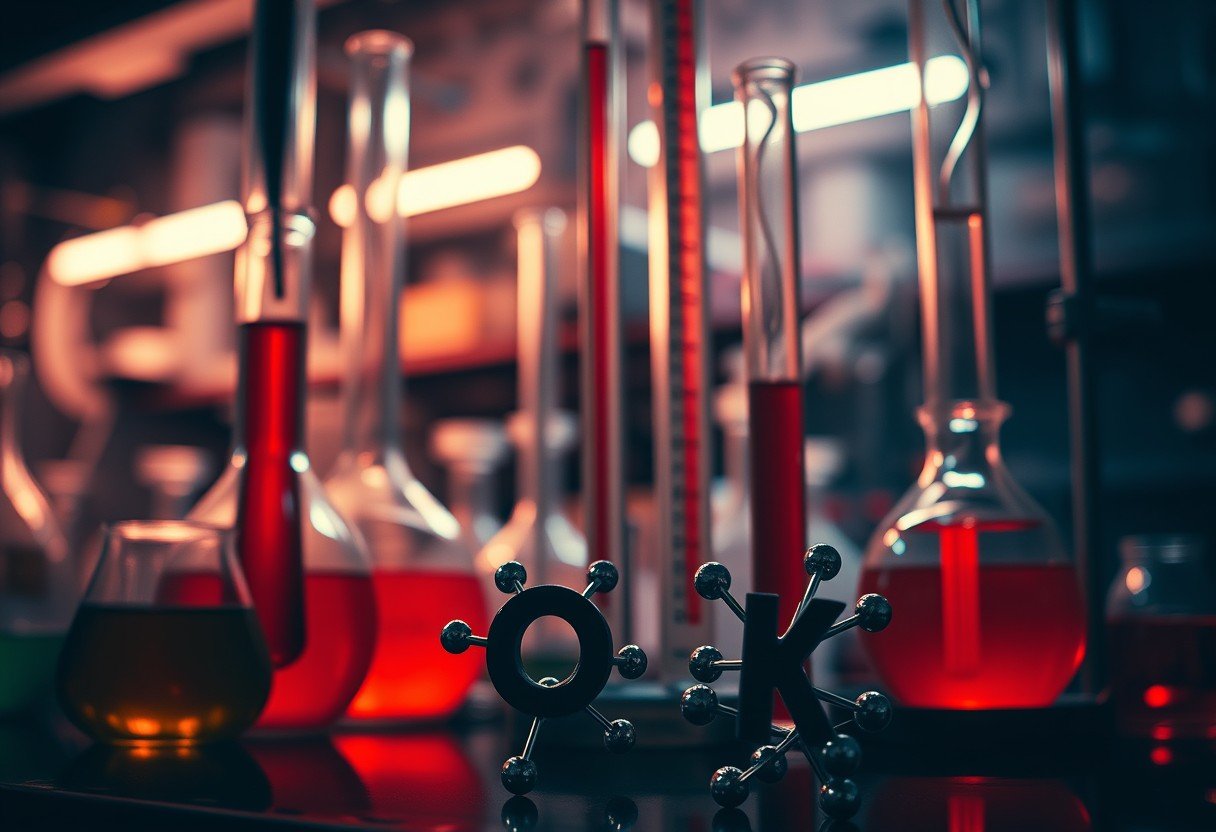

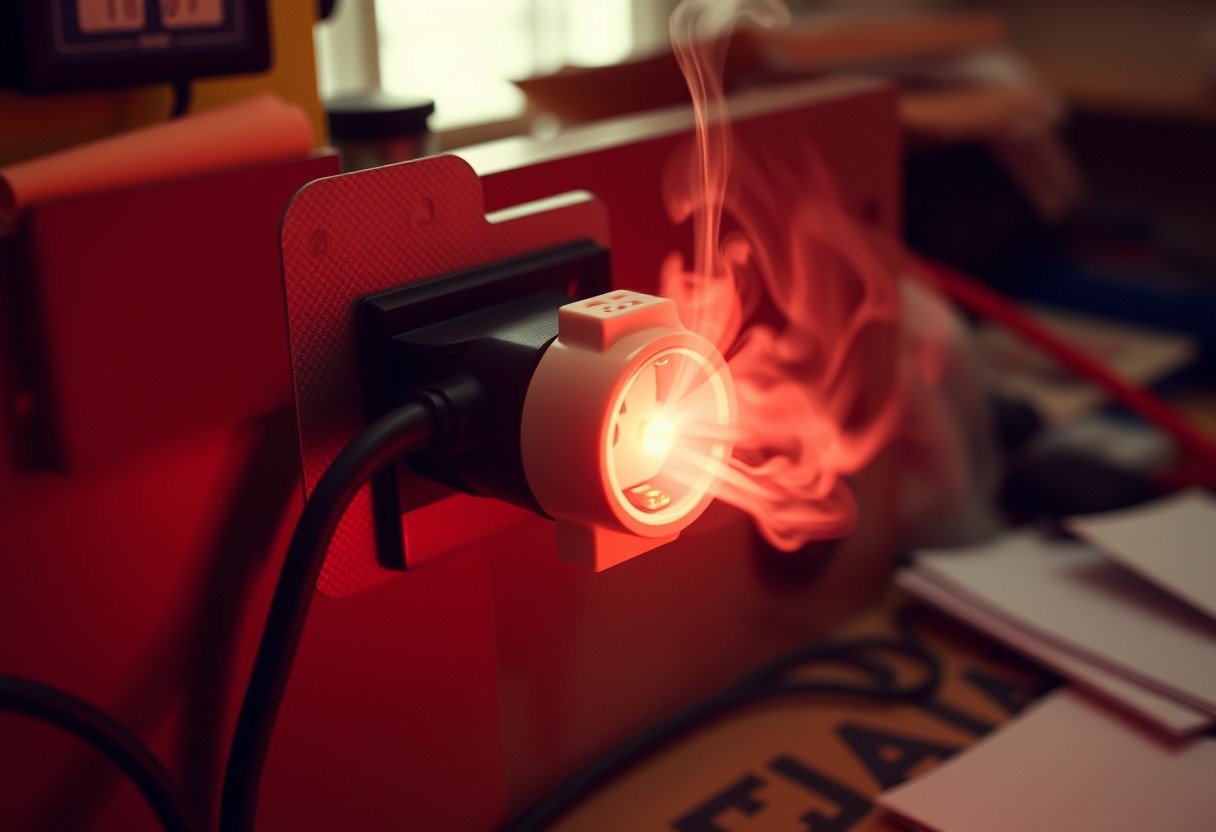
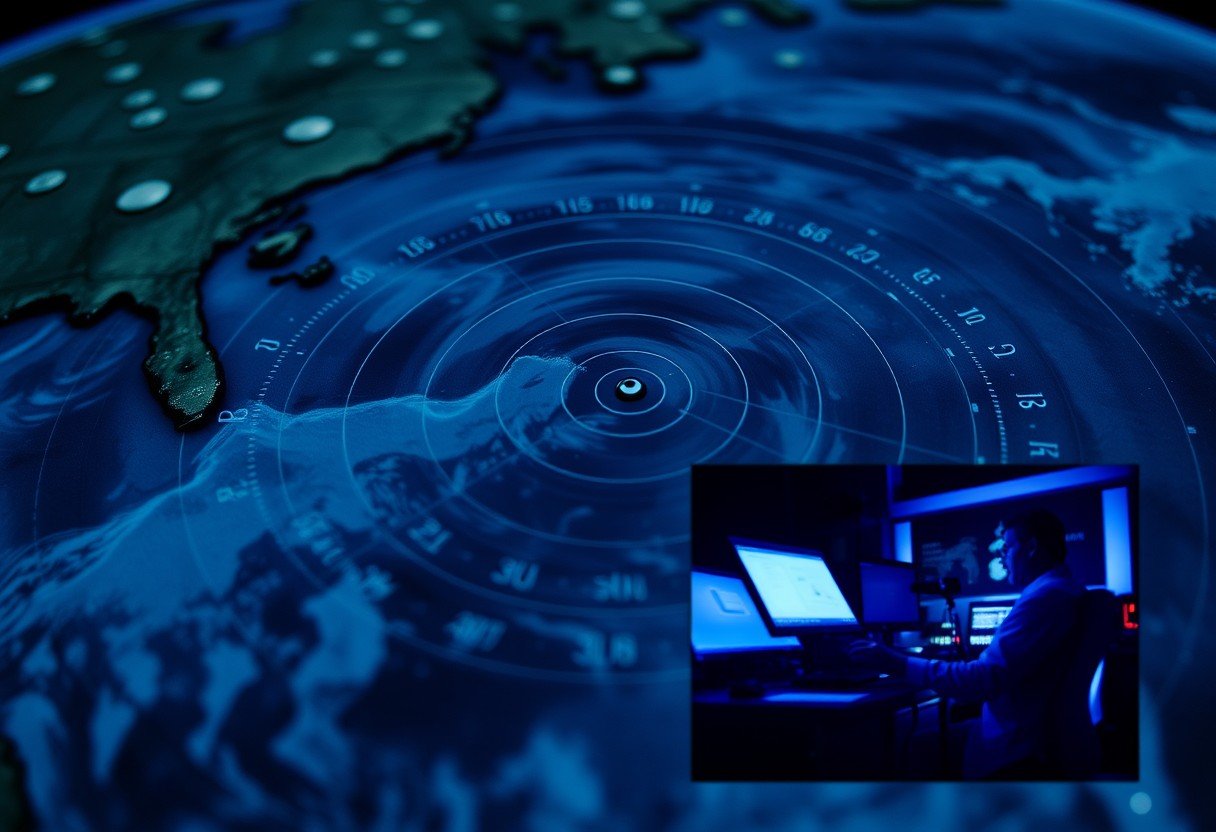

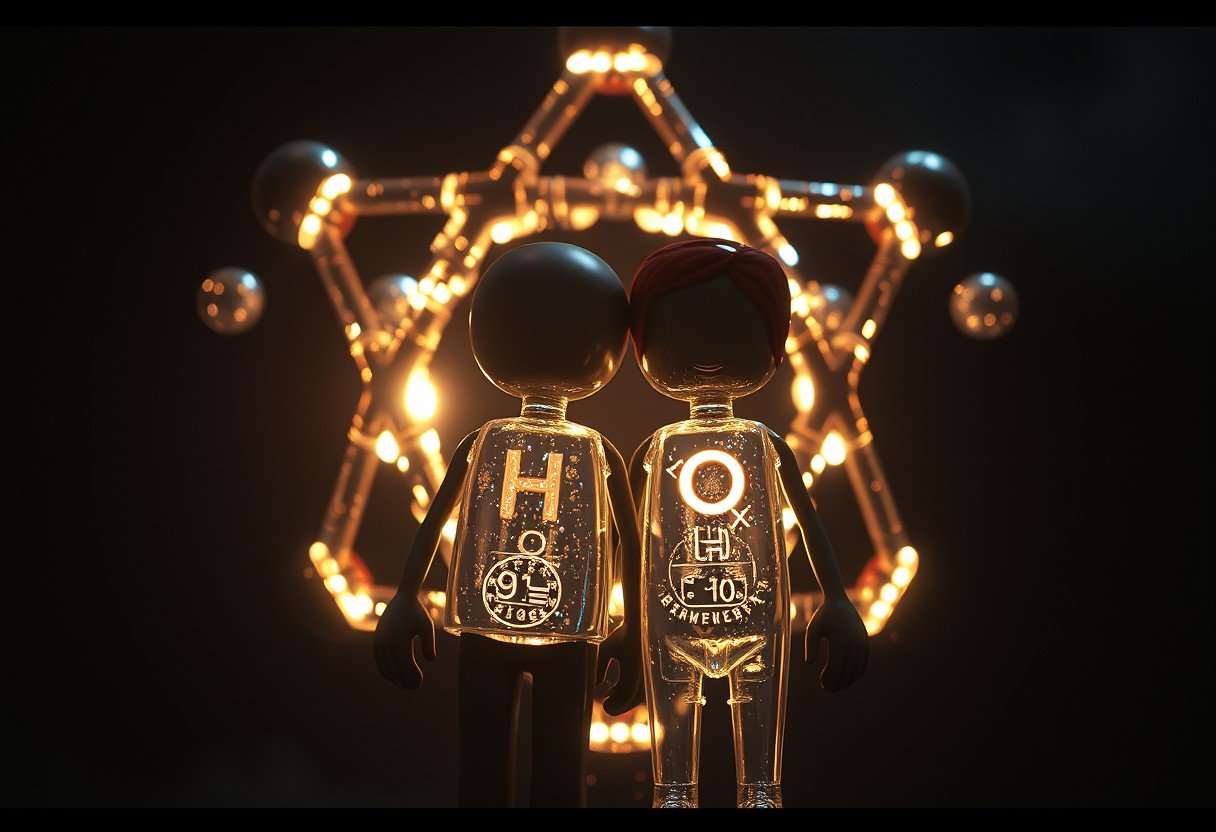

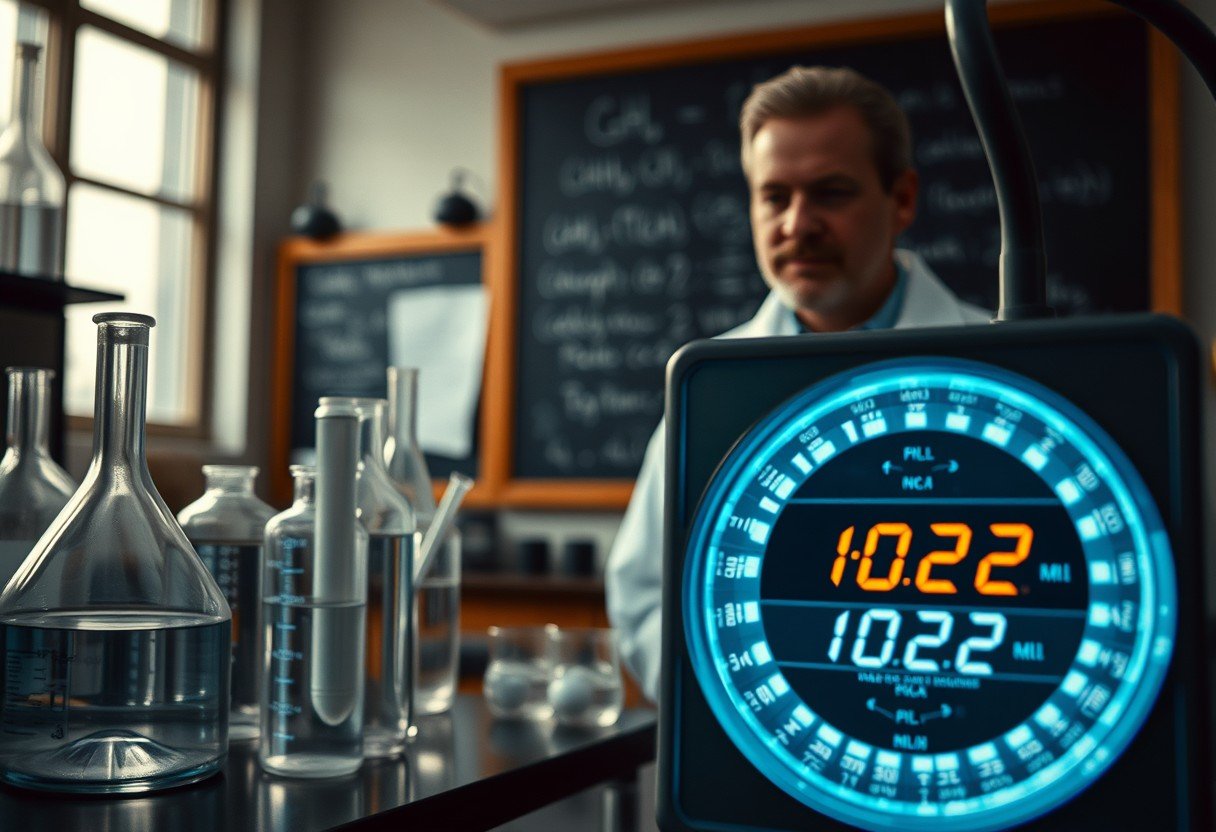
Leave a Comment